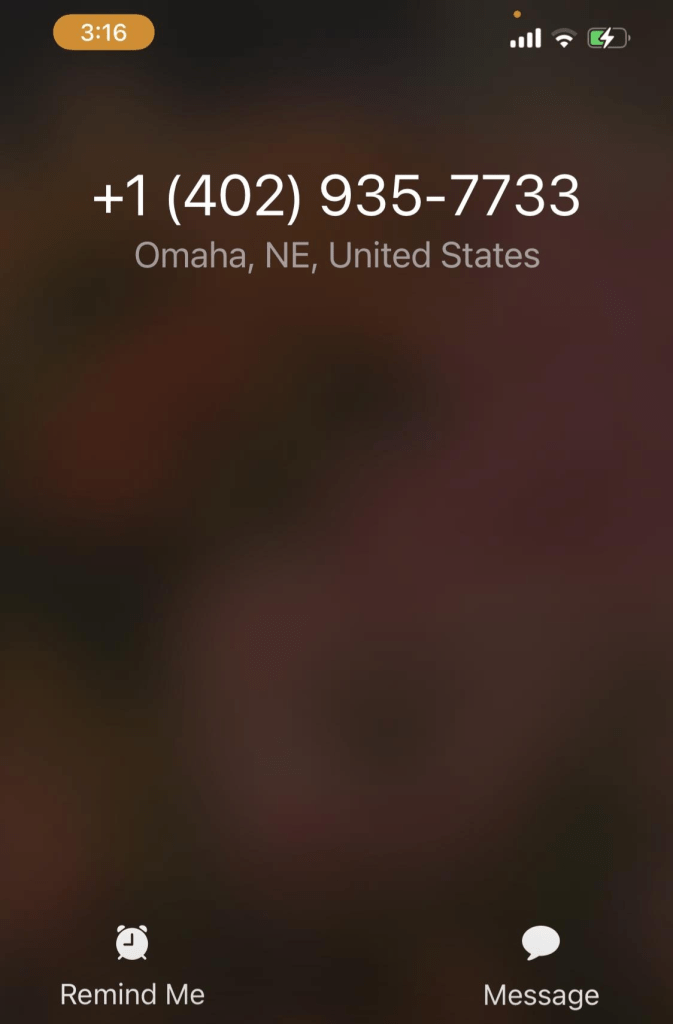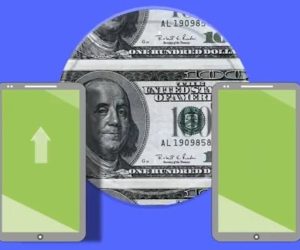In the world of credit cards and online transactions, various codes and identifiers can appear on your statements, sometimes causing confusion among cardholders. One such code is 402-935-7733. This article delves into the meaning of this code, its association with PayPal transactions, and what actions you should take if you encounter it on your credit card statement.
What is the 402-935-7733 Code?

The code 402-935-7733 is a specific identifier associated with certain transactions, particularly those processed through PayPal. The format of the code can appear as either 402-935-7733 (with dashes) or 4029357733 (without dashes), but both refer to the same entity in the payment processing system. Understanding this code is essential for tracking and managing your financial transactions effectively.
Origin and Significance
Transaction codes like 402-935-7733 have been established to streamline the identification of merchants and the processing of payments. This particular code is linked to PayPal, one of the most widely used online payment platforms. As such, when you see this code on your statement, it usually signifies that a payment has been processed through PayPal, allowing for greater transparency in your financial records.
PayPal Transactions
PayPal functions as a payment processor that facilitates online transactions between users and merchants. When you conduct a transaction that involves PayPal, the code 402-935-7733 will typically appear on your credit card statement as a way to signify the payment’s origin. Common transactions that may trigger this code include online purchases, service subscriptions, and peer-to-peer transfers. Being aware of this can help you reconcile your spending and understand your transaction history better.
Merchant Identification
In the financial system, each merchant is assigned a unique identification code to facilitate efficient payment processing. The 402-935-7733 code specifically serves as PayPal’s identifier in these transactions. Recognizing this can help you quickly ascertain that a charge relates to a PayPal transaction, making it easier to manage your payments.
Common Concerns
If you see the 402-935-7733 code on your statement but do not recognize the transaction, it’s important to take immediate action. Unauthorized transactions can be concerning, and you should contact your credit card issuer to report the suspicious charge. They can initiate the dispute resolution process and guide you through the necessary steps. Additionally, contacting PayPal directly can help in further investigating the transaction and possibly retrieving additional details.
B. Understanding Transaction Details
To better understand transactions associated with this code, you can access your PayPal account or reach out to PayPal customer service. By logging into your account, you can view transaction history, including the date, recipient, and amount of the payment, which can clarify any ambiguities regarding your statement.
C. Recurring Payments and Subscriptions
Many users leverage PayPal for recurring payments, such as subscription services (e.g., streaming platforms, membership sites). If you have subscribed to a service that utilizes PayPal, seeing the 402-935-7733 code regularly on your statement is likely a result of those recurring payments. It’s essential to keep track of these transactions to manage your subscriptions effectively and ensure you’re only paying for services you wish to continue.
Customer Support
A. When to Contact PayPal
If you encounter issues or have questions related to a transaction that features the 402-935-7733 code, reaching out to PayPal customer service is advisable. Common scenarios include discrepancies in payment amounts, unauthorized transactions, or unclear charges.
B. Customer Service Process
When contacting PayPal, it’s beneficial to have relevant information on hand, such as transaction IDs, dates, and amounts. This information can expedite the process and help the customer service representative address your concerns more effectively.
Security Measures
To bolster the security of your PayPal account and transactions, consider enabling two-factor authentication. This additional layer of security requires a secondary verification step, significantly reducing the risk of unauthorized access. Furthermore, implementing best practices like monitoring your statements regularly, setting up transaction alerts, and using strong, unique passwords can safeguard your financial information.
Conclusion
In summary, the code 402-935-7733 is a vital identifier for transactions processed through PayPal. By understanding its significance, you can manage your finances with greater confidence. Regularly reviewing your credit card statements, promptly addressing concerns with your card issuer or PayPal, and enhancing your account security are essential practices for maintaining the integrity of your financial transactions.
FAQs
What should I do if I see 402-935-7733 on my statement?
If you do not recognize a transaction associated with this code, contact your credit card issuer immediately to report the charge and potentially dispute it. Also, consider reaching out to PayPal for more information.
Is 402-935-7733 always associated with PayPal?
Yes, this code typically indicates that a transaction was processed through PayPal, serving as their unique identifier.
How can I dispute a transaction linked to this code?
To dispute a transaction, contact your credit card issuer to initiate the dispute process. You may also need to contact PayPal for further information regarding the transaction.
What if I don’t have a PayPal account but see this code?
If you encounter this code but do not use PayPal, it may indicate unauthorized use of your card. Contact your credit card issuer to investigate the charge.
Enable two-factor authentication, regularly update your password, monitor your transactions, and ensure that your account information is accurate and up to date.



